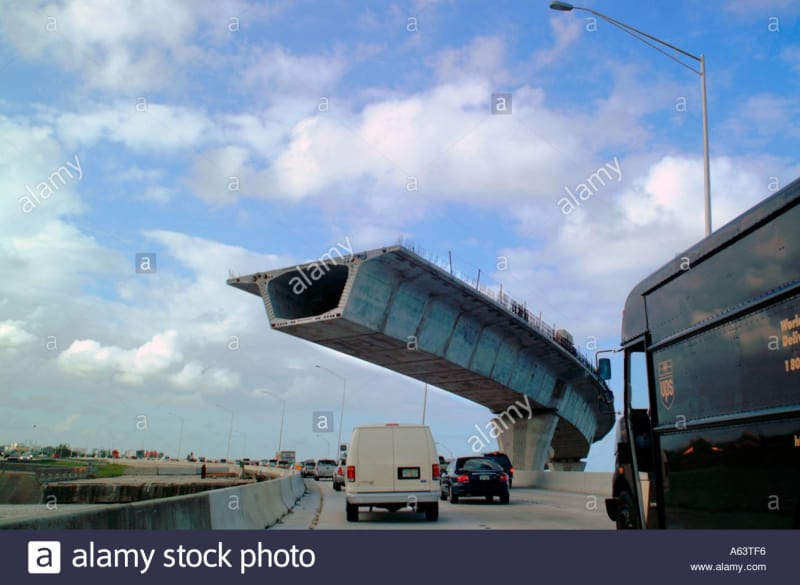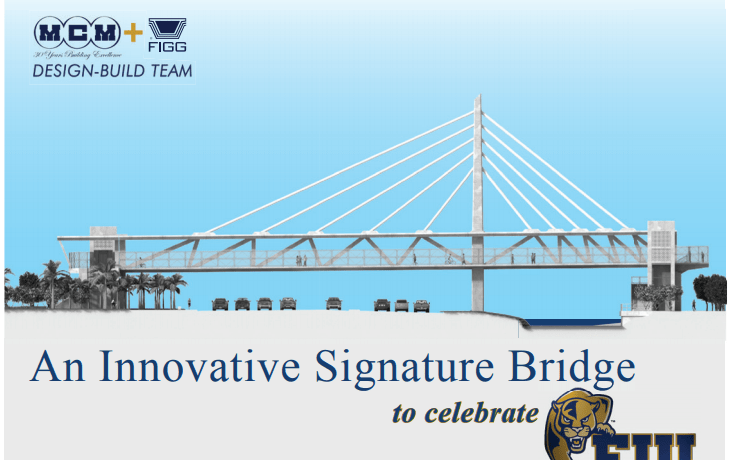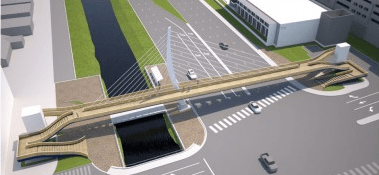hokie66,
Thank you for reply. I was feigning naivete and/or being rhetorical (bad habit, need to work on being more direct)... because what really bugs me about FIU bridge is how "non-academic" it was. I can find nothing that builds up to the way this project was done. No precursor designs, nothing similar in the world, no research papers, and like you said, no history of testing this concept at all.
How did this happen? Was it propriety? Have any patents been applied for?
I don't think it qualifies as a hybrid, it's a Frankenstein.
The NTSB will look silly if they do not notice this was a one-off design.
P.S.
Q. Would taking the bridge in my photo above, inverting it and adding viewports be a feasible starting point for conceptualizing a low deck span?
A. No - stick with steel through truss, it's only a pedestrian overpass paid with tax money, if it doesn't last 100 years, build another one.
My intention is not to insult the people involved, I don't think anyone could have gotten that concept to be robust. Their first submission was almost certainly sound.



